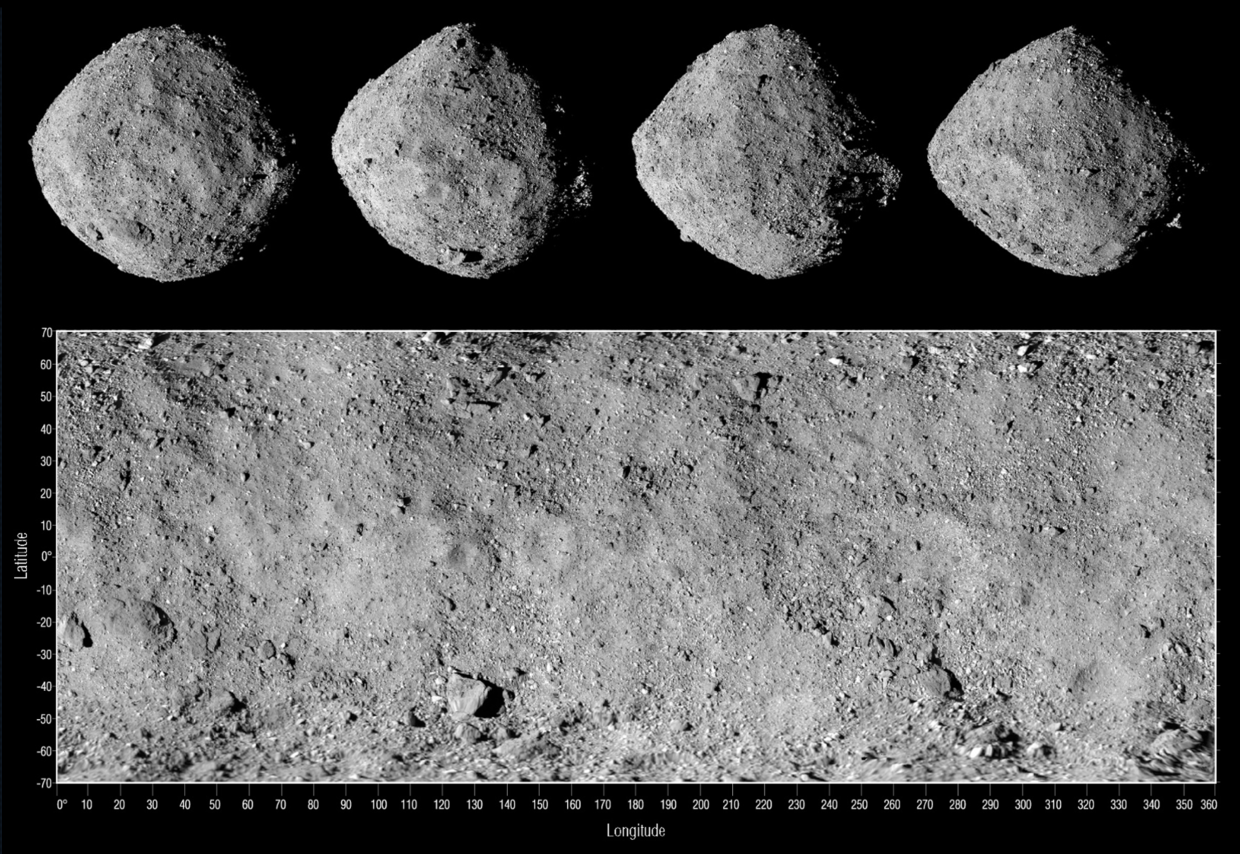There’s money to be made in the vast expanse of the universe. While at times posing a dire threat to our planet, asteroids are a source of untold wealth, ripe for the taking. Ready to become the first trillionaire? Here’s how.
Three asteroids whizzed by Earth last week, with Armageddon averted only by a few hundred thousand miles. While they didn’t actually pose much danger, the cosmic near-misses may have been an opportunity for massive profit, according to NASA. As space travel becomes more technically feasible, mining operations among the stars could soon become a wildly lucrative industry.
With a little luck – and a lot of capital – you, too, might get in on the action.

Cosmic leftovers
Mostly composed of rock, metals and minerals, asteroids in the solar system are leftovers from its early days some 4.6 billion years ago, when it formed from an immense cloud of dust and gas.
Our solar system contains up to 1.9 million asteroids larger than one 1 kilometer across (0.6 miles), with millions of smaller ones to boot. They are classified into three broad categories: C, S, and M – or those composed of clay, silicates and metals, respectively.
Though the majority of asteroids are thought to fall into the C-class, it is the latter two types that should tantalize the prospective asteroid miner, containing a vast array of precious cargo, from gold, silver, platinum, palladium, and tungsten to cobalt and even water.
Also on rt.com The golden asteroid that could make everyone on Earth a billionaireMolecular diamonds are peppered throughout many asteroids, while some extraterrestrial bodies are estimated to contain quintillions of dollars worth of gold and other metals, undoubtedly the jackpot for the space-faring miner.
The highest concentration of asteroids in Earth’s vicinity is the Belt, located hundreds of millions of miles away, sandwiched between the orbits of Mars and Jupiter. Some asteroids stray from the belt and come within a more manageable distance, however, much like the trio that buzzed by last week. For those hoping to amass a fortune in the space mining industry, these lone travelers will be the best candidates for plunder.
Gathering your capital
A mining concern in outer space will require some serious gear – a shovel and a pickaxe won’t quite cut it, unfortunately – but before one can break ground, getting there poses the first obstacle.
Scientists have envisioned a number of methods for getting the job done, from sending robotic extractor vessels to establishing fully manned space colonies, either in Earth’s orbit, on the asteroid itself, or even on the moon. Other higher-tech approaches involve lassoing asteroids with a gigantic net and towing them closer to home for harvest, or blasting them with heat to collect the metals as they melt away.
In any case, the asteroid miners of the future will likely require a space-worthy vessel, extraction equipment capable of operating in the vacuum of space, and all the supplies typically required for travel through the cosmos.
Honeybee Robotics, a New York-based spacecraft firm, has already developed a steam-propelled mining bot, complete with coring drills to collect samples from distant asteroids and planetary bodies. According to the company, the robot generates its own fuel, which might just save a few bucks in what is sure to be a multi-billion dollar operation.
Risks worth the rewards?
Perhaps more than the typical mining operation, asteroid extraction will pose real risks to those carrying out the task. The hazards of long-term space travel are numerous, ranging from DNA damage caused by exposure to radiation, bone and muscle loss due to low gravity, as well as harmful changes in blood pressure – and that’s within the safety of your spaceship or space suit. Should that be compromised, 90 seconds of exposure is all it takes to kill a human in the vacuum of space, as oxygen is ripped from the body, causing immediate asphyxiation, among other grisly consequences.
Manned field work on the surface of an asteroid ramps up the threat incalculably, possibly adding risks we haven’t even thought to prepare for.
There’s much that can go wrong during space flight, and the more complicated the mission, the greater the risk. The prospective asteroid miner will have to weigh the costs and benefits – colossal as those rewards could be.
Though space travel has ballooned into a $350 billion industry worldwide, it may be some time before anyone hits the big money mining asteroids. But as governments and private companies vie to push the envelope of exploration, and Earthlings continue to gobble up resources, mankind may soon be forced to look to space, not only for the riches it promises, but for our continued survival as a species.
Like this story? Share it with a friend!

